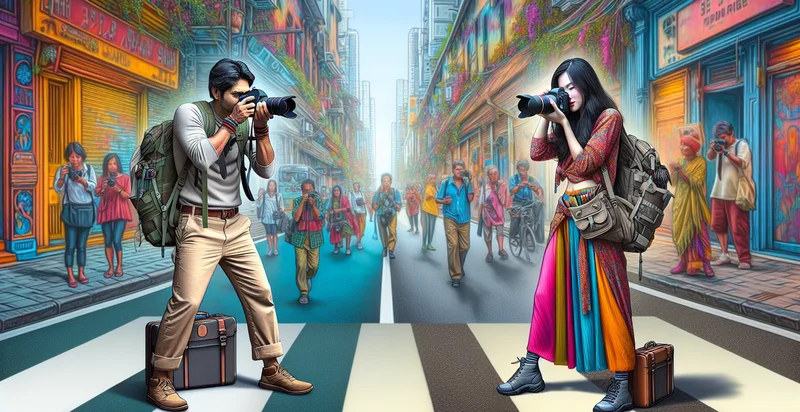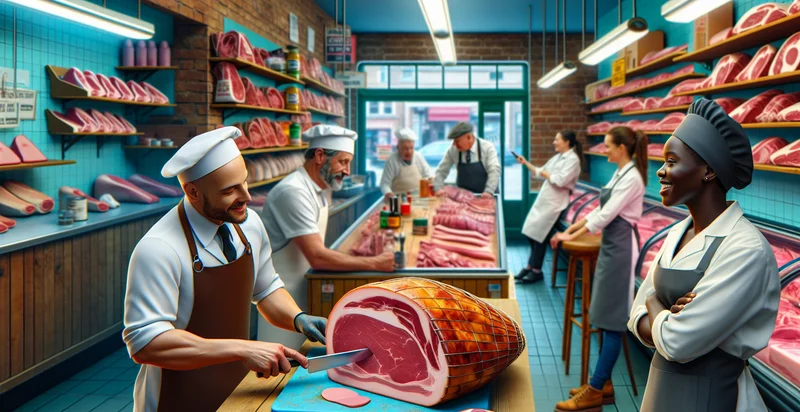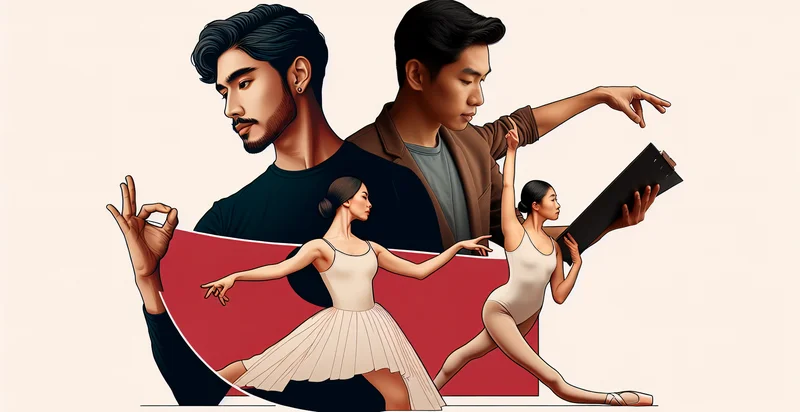Identify gender of photographer
using AI
Below is a free classifier to identify gender of photographer. Just upload your image, and our AI will predict if the photographer is male or female - in just seconds.

Contact us for API access
Or, use Nyckel to build highly-accurate custom classifiers in just minutes. No PhD required.
Get started
import nyckel
credentials = nyckel.Credentials("YOUR_CLIENT_ID", "YOUR_CLIENT_SECRET")
nyckel.invoke("gender-of-photographer", "your_image_url", credentials)
fetch('https://www.nyckel.com/v1/functions/gender-of-photographer/invoke', {
method: 'POST',
headers: {
'Authorization': 'Bearer ' + 'YOUR_BEARER_TOKEN',
'Content-Type': 'application/json',
},
body: JSON.stringify(
{"data": "your_image_url"}
)
})
.then(response => response.json())
.then(data => console.log(data));
curl -X POST \
-H "Content-Type: application/json" \
-H "Authorization: Bearer YOUR_BEARER_TOKEN" \
-d '{"data": "your_image_url"}' \
https://www.nyckel.com/v1/functions/gender-of-photographer/invoke
How this classifier works
To start, upload your image. Our AI tool will then predict if the photographer is male or female.
This pretrained image model uses a Nyckel-created dataset and has 2 labels, including Female Photographer and Male Photographer.
We'll also show a confidence score (the higher the number, the more confident the AI model is around if the photographer is male or female).
Whether you're just curious or building gender of photographer detection into your application, we hope our classifier proves helpful.
Related Classifiers
Need to identify gender of photographer at scale?
Get API or Zapier access to this classifier for free. It's perfect for:
- Market Research Analysis: Companies can utilize gender identification of photographers in analyzing trends and preferences in photography. This data can inform product development, marketing strategies, and targeted advertising campaigns, enhancing their understanding of gender dynamics in consumerism.
- User Personalization in Photography Platforms: Online photography platforms can implement this function to personalize user experiences. By recognizing the gender of photographers, platforms can recommend tailored content, promote specific workshops, or highlight relevant portfolios that resonate with user preferences.
- Diversity and Inclusion Reporting: Organizations can leverage this identifier to track gender representation in photography. By analyzing the demographics of featured photographers, they can foster discussions around diversity, adjust their hiring practices, and create inclusive initiatives in the photography space.
- Social Media Insights: Social media platforms can apply this function to enhance user engagement metrics. By categorizing content based on the gender of photographers, insights can be derived on how different genders influence audience interactions, sharing rates, and overall engagement.
- Event Planning and Curation: Event organizers can use the gender identification feature to diversify their line-up of speakers, workshop leaders, or featured artists. This would promote a balanced representation and enhance the educational value of photography festivals, exhibitions, and conferences.
- Content Moderation and Compliance: Media agencies can use this function to ensure compliance with diversity mandates in their visual content. By identifying the gender of photographers in their user-generated content, agencies can better manage and promote gender-balanced representations in their publications.
- Advertising Campaign Targeting: Brands can employ the gender identifier to effectively target advertising content based on the gender of photographers. This capability allows for more strategic ad placements, improving relevance and resonance with specific customer segments and enhancing overall campaign performance.


